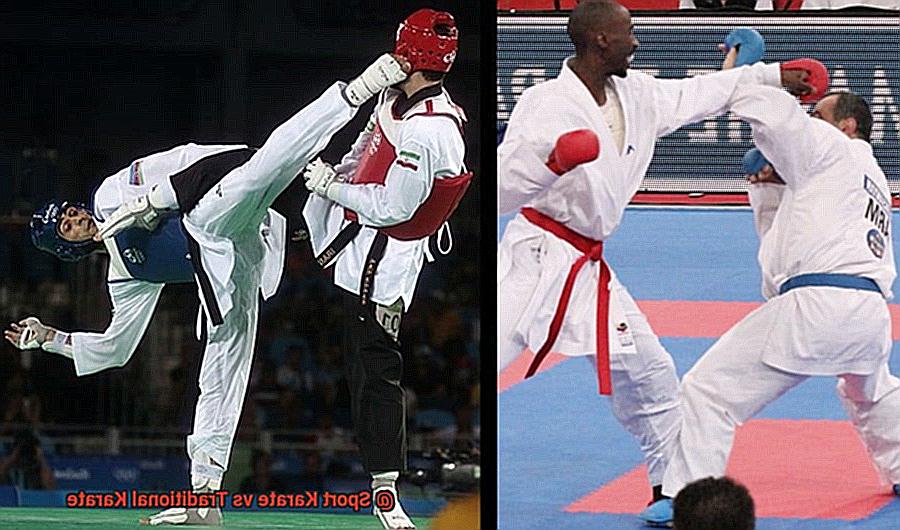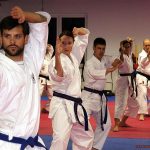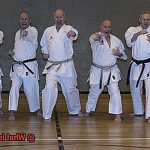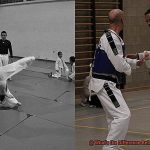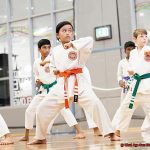Karate is an ancient martial art that has been practiced for centuries. It’s a form of self-defense that uses punches, kicks, and blocks to protect oneself from an attacker. But did you know there are two distinct types of karate? Sport Karate and Traditional Karate have different objectives and goals.
In this blog post, we’ll explore the main differences between these two styles. We’ll look at how each style is practiced, the techniques used in each, and the benefits of training in either one. Plus, we’ll offer advice on how to decide which style is best for you.
If you’re curious about Sport Karate vs Traditional Karate and want to learn more about what makes them unique from one another, keep reading. We’ll help you make an informed decision about which style suits your needs best.
Advantages of Sport Karate
Sport karate is an increasingly popular form of the martial art, offering a wealth of benefits for practitioners. Physical fitness, life skills, and mental and emotional challenges are just some of the advantages that come with this modernized version of karate.
Karateka must have a high level of physical endurance, strength, and agility to succeed in tournaments, making sport karate an excellent way to improve one’s overall fitness. Not only will this benefit their health in the long run, but it also teaches essential life skills such as discipline, focus, and determination.
Moreover, sport karate provides practitioners with the opportunity to connect with a larger community of people from different backgrounds and regions. Tournaments bring competitors together while forging lasting friendships and expanding their knowledge of the martial art.
Lastly, sport karate can help individuals develop mental toughness by challenging them to manage their emotions and focus on the task at hand despite competing in high-pressure situations. This ability to remain composed under pressure can help individuals deal with stress more effectively in everyday life.
Disadvantages of Sport Karate
Sport Karate has grown in popularity, but it is important to know the potential drawbacks before deciding if this activity is right for you. One of the main disadvantages of sport karate is its lack of effective self-defense techniques. While some strategies can be used in self-defense situations, its focus on scoring points and winning tournaments means that practitioners may not be adequately prepared to protect themselves in real life scenarios.
Athleticism is often prioritized over technique, leading to a neglect of the art’s technical aspects and a lack of creativity in training. Additionally, there are limited techniques allowed and strict rules about how to execute them, which can lead to a narrow understanding of the art.
The emphasis on competition can also create an unhealthy environment where winning becomes more important than personal progress and development. This could cause practitioners to forget the values and principles that traditional karate instills, such as humility, reverence, and gratitude – all essential for everyday life.
Advantages of Traditional Karate
Traditional Karate is a timeless martial art that offers a multitude of benefits for those who practice it. Not only does it provide practical self-defense techniques, but it also instills valuable life skills and reinforces character building.
Traditional Karate focuses on self-defense techniques rather than competition, making it ideal for real-life situations. In a traditional Karate class, students learn how to strike targeted areas of the body, use joint locks, and defend against multiple attackers.
But Traditional Karate is much more than just a physical activity; it’s a way of life that requires dedication and perseverance. Students are taught to remain focused and disciplined, which can be applied to other areas of their lives.
Additionally, Traditional Karate encourages humility towards others and the importance of helping those in need.
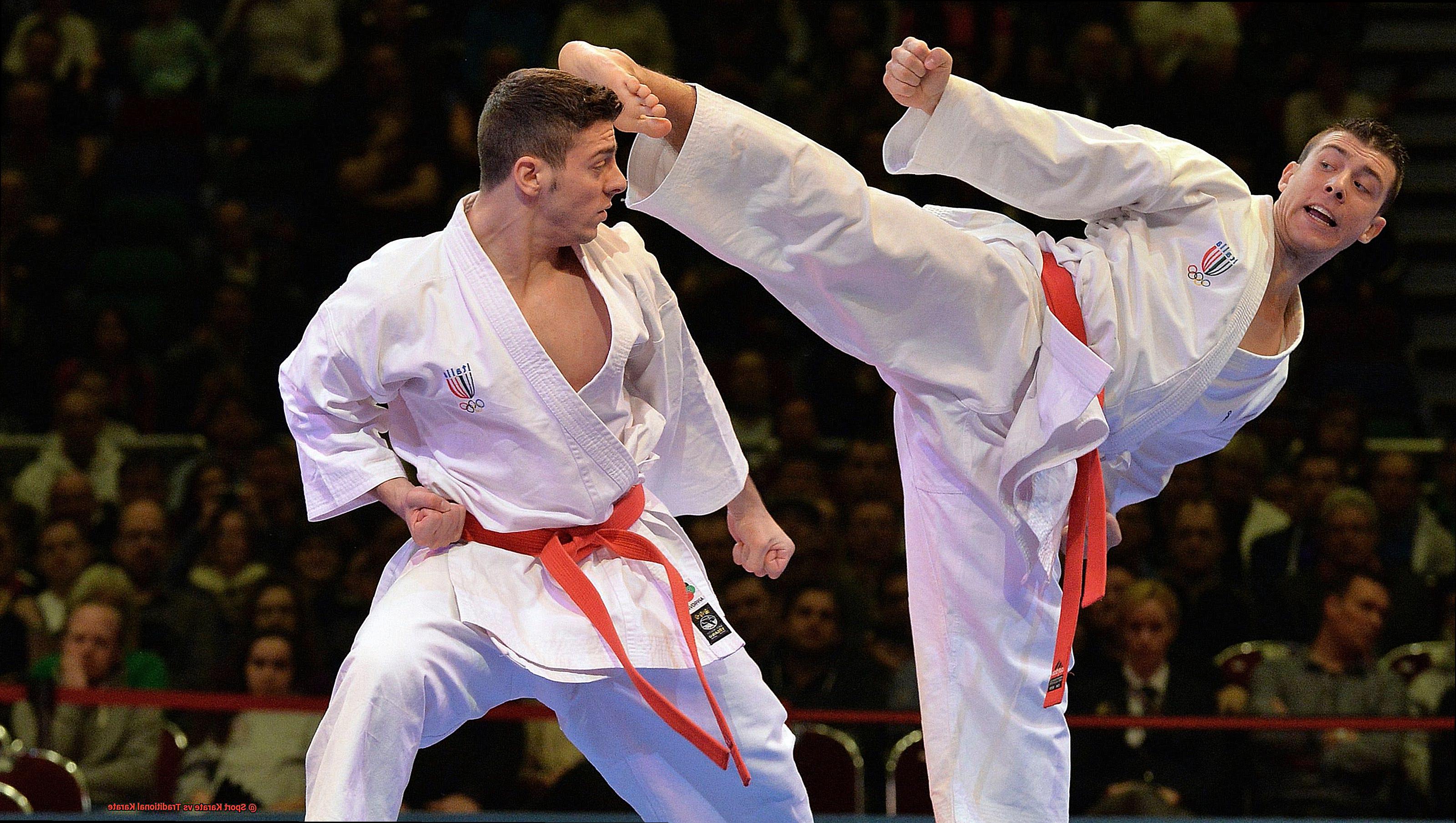
Moreover, Traditional Karate stresses the importance of self-reflection and self-improvement. Students learn to be patient, persistent and never give up on their goals through this course as well.
Ultimately, Traditional Karate offers many advantages beyond just self-defense; it teaches valuable life skills, builds character, and fosters a sense of community.
Disadvantages of Traditional Karate
Traditional Karate is a powerful martial art form, but it does come with certain drawbacks. Firstly, it can be difficult to apply the techniques in real-life self-defense scenarios as the focus is more on form and technique rather than practical application.
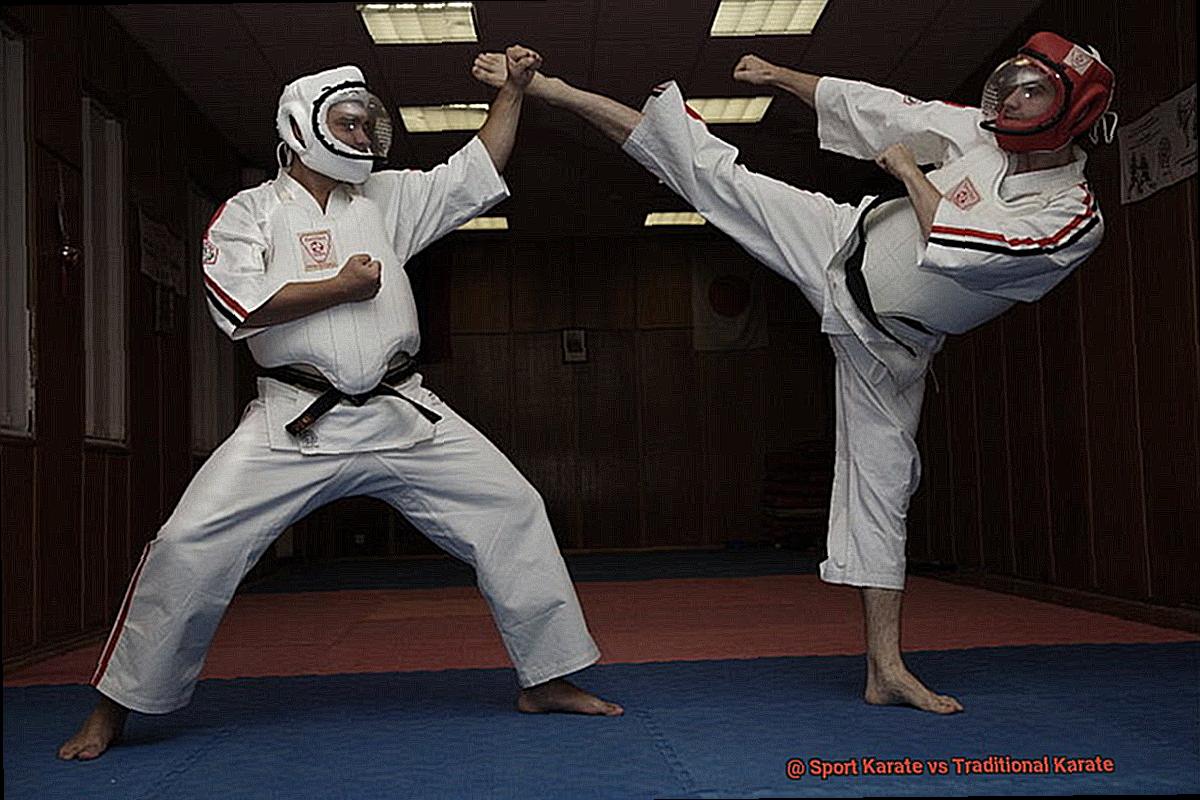
Additionally, traditional karate lacks the physical fitness and conditioning of sport karate, which can put practitioners at a disadvantage in competitions or real-life fights.
Furthermore, traditional karate can be overly rigid and structured, with a focus on adhering to tradition and specific techniques.
This lack of flexibility and improvisation can be a hindrance in real-world situations where creativity and adaptability are key. It can also be very hierarchical, with a rigid system of belts and rankings that may discourage individuality and personal growth.
Finally, one of the biggest disadvantages of traditional karate is its time commitment; students must typically spend many years training before they can truly master traditional karate techniques and earn higher belts.
Is Sport Karate Good for Self-Defense?
When it comes to self-defense, sport karate and traditional karate offer two distinct approaches.
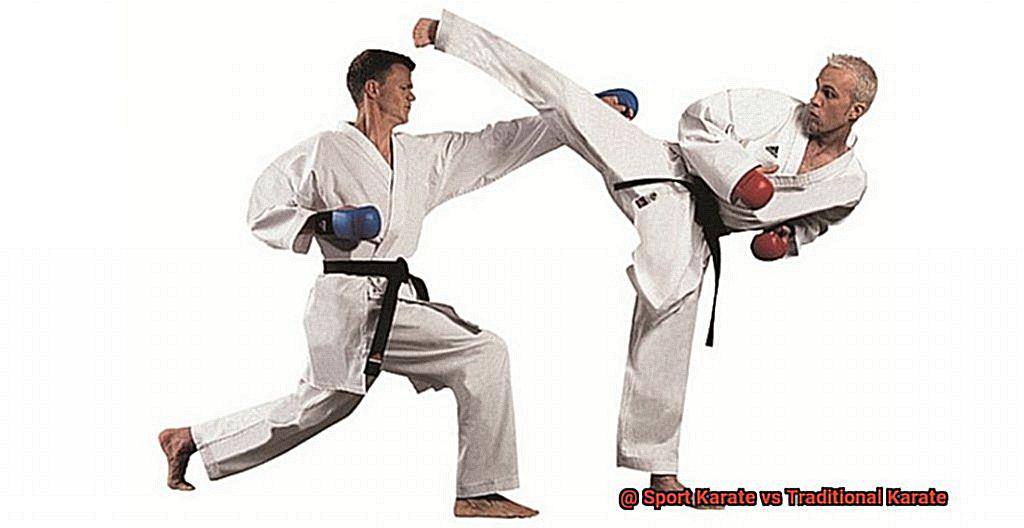
While both styles have their own advantages and disadvantages, it’s important to remember that the effectiveness of any martial art in a real-life situation ultimately comes down to the practitioner’s skill and proficiency.
Sport karate emphasizes scoring points through flashy, aesthetically pleasing techniques that may not always translate well to self-defense scenarios.
Furthermore, it tends to rely heavily on equipment such as gloves, shin guards, and headgear which may not be available in a real-life situation.
Traditional karate, however, focuses on practical self-defense techniques that can be effectively employed in real-world situations.
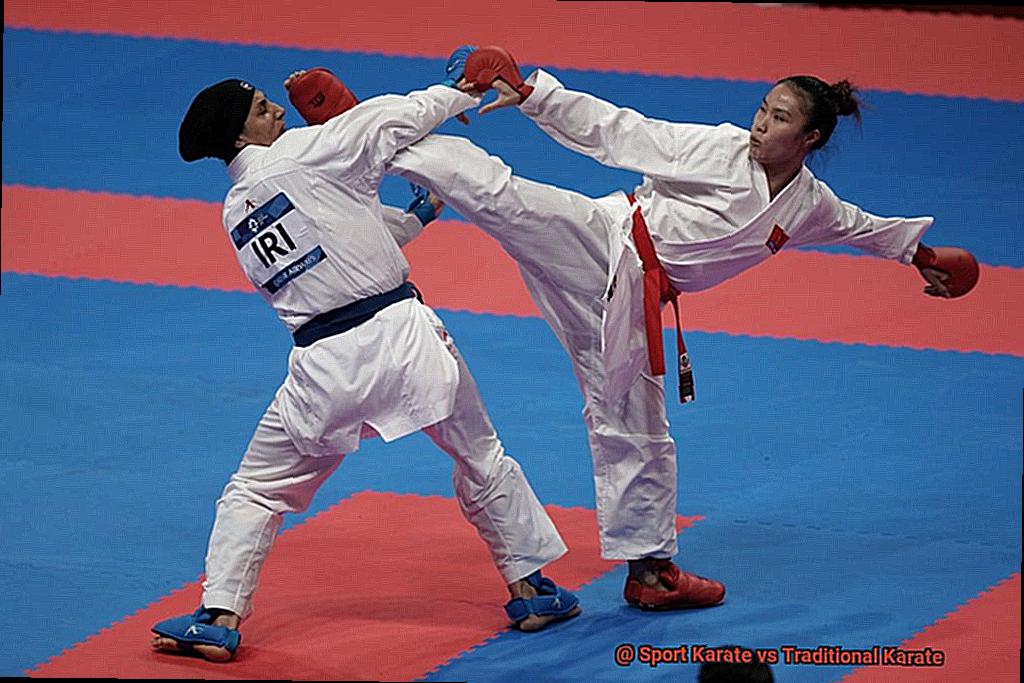
It teaches students how to defend themselves using strikes, blocks, throws, and joint locks while also teaching important values such as respect, discipline, and humility that can be applied outside of the dojo.
Ultimately, whether sport karate or traditional karate is better for self-defense depends on an individual’s goals and needs.
Sport karate may be preferable if you’re looking for an athletic challenge with a focus on physical fitness and competition.
What Karate Style is Most Powerful?
Karate is a powerful martial art with a long history and several distinct styles. But which one is the most powerful?
The answer depends on your individual needs, capabilities, and goals. Shotokan is an effective style for self-defense due to its swift linear movements and ability to deliver powerful blows.
Goju-Ryu, on the other hand, is known for its combination of hard and soft techniques and focuses heavily on body conditioning and fitness.
Kyokushin karate is one of the most physically demanding styles, with full contact combat and low kicks that require strong leg work and body conditioning.
What is Traditional Karate Called?
Karate-Do, or “the way of the empty hand,” is a traditional martial art with roots in Japanese history and culture. It emphasizes discipline, respect, and self-control, and its three key components are kihon (basics), kata (pre-arranged movements), and kumite (sparring).
The goal of Karate-Do is not only to improve physical fitness but also to develop personal character and well-being.
Among the many traditional karate styles are Shotokan, Goju-Ryu, Wado-Ryu, and Shito-Ryu.
Each style has its own unique approach to training, but they all share a common goal of developing a strong foundation in basics, mastering kata, and using those skills in kumite.
Karate-Do offers an incredibly rewarding experience for anyone looking for a challenging physical workout or simply wanting to learn self defense techniques in a traditional setting.
Through repetitive practice one can increase muscle endurance, improve technique, and increase self-awareness – all while discovering their full potential both physically and emotionally.
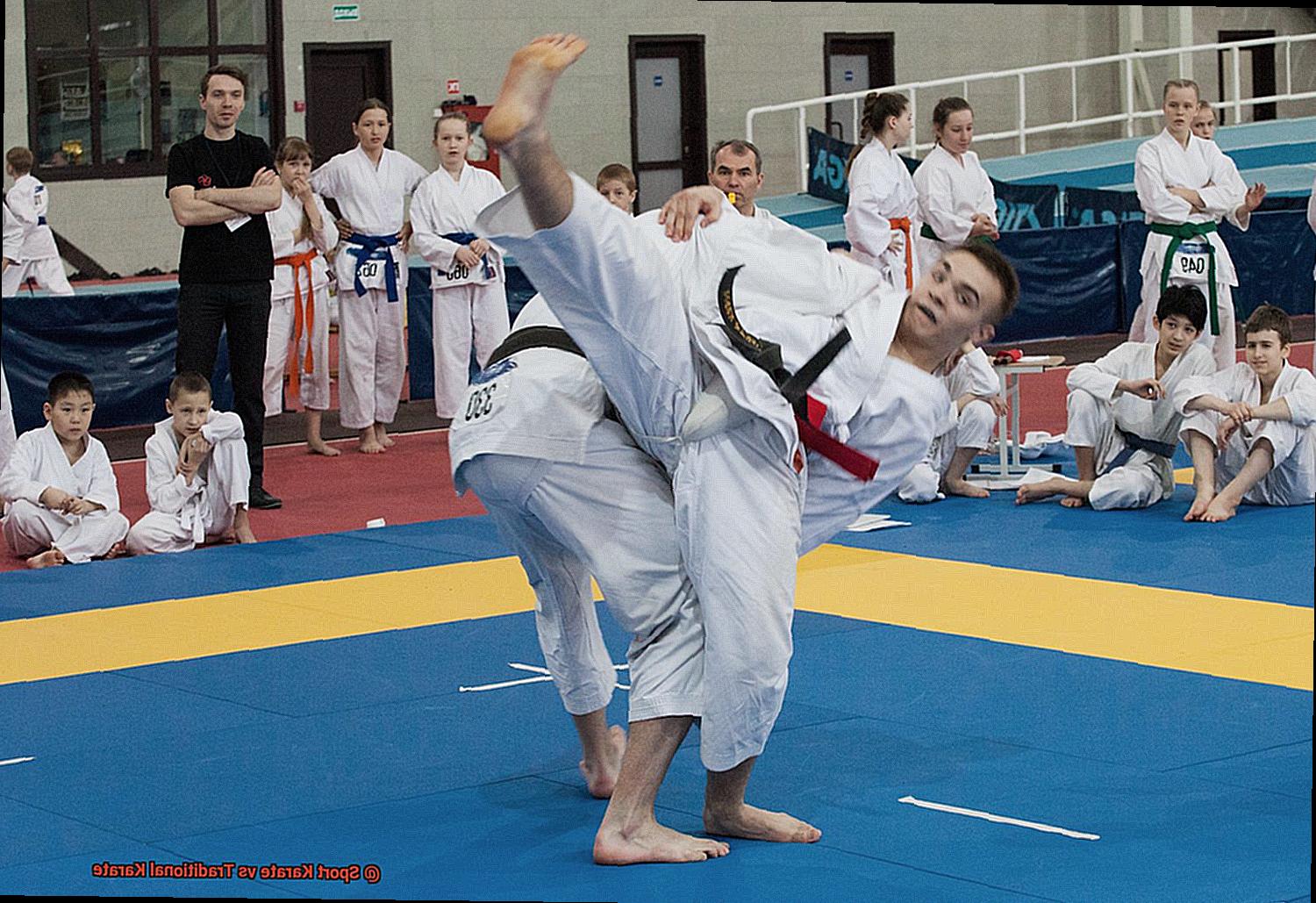
wBSwvAS–fE” >
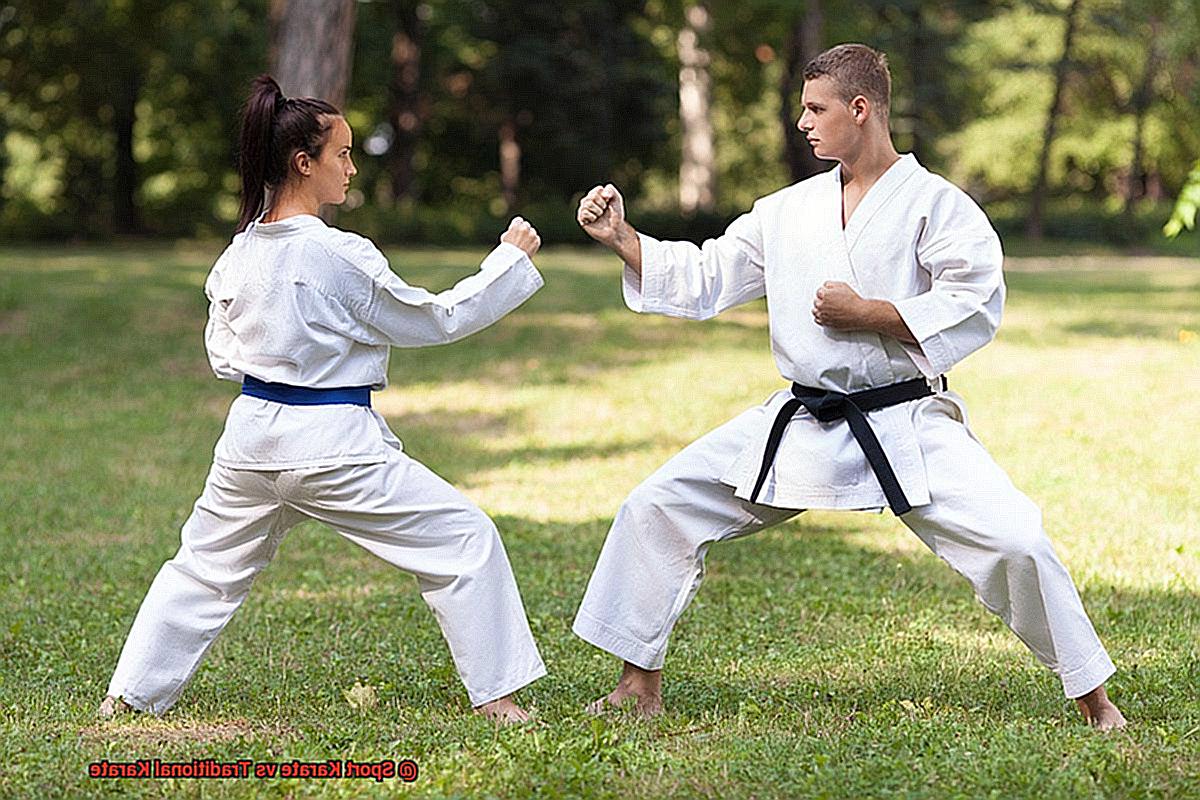
What is the Best Form of Karate to Learn?
When it comes to finding the best form of Karate to learn, there is no definitive answer. It ultimately depends on your individual goals and preferences. Popular styles of Karate include Shotokan, Goju-ryu, Wado-ryu, and Shito-ryu, each with its own unique strengths, weaknesses, and areas of focus.
Additionally, there are variations within each style such as traditional and modern forms.
Traditional Karate focuses on fundamentals like proper form and breathing techniques for practical self-defense skills. On the other hand, modern forms of Karate or sport Karate emphasize precision, accuracy, and timing for competition purposes.
It also includes more complex moves such as jumping kicks, spinning kicks, and aerial techniques.
Also Read: Which is The Best Karate Style for Self-Defense?
Conclusion
Karate has been a part of our history for centuries, but two distinct styles have emerged
Sport Karate and Traditional Karate. Knowing the differences between them is key to finding the right one for you.
Sport Karate is an increasingly popular branch of martial arts that offers physical fitness, life skills, and mental and emotional challenges. However, its focus on competition can lead to an unhealthy environment where winning matters more than personal growth.
Traditional Karate focuses on self-defense tactics rather than competition. It also instills discipline, humility, and reverence in the practitioner. But mastering its techniques can be difficult in real-life situations, and it may be overly focused on tradition and technique.
Your personal goals should be taken into account when choosing which karate is right for you.
If you’re looking for an athletic challenge with a focus on physical fitness and athletics, Sport Karate may be the way to go; if practical self-defense skills are required as well as character building principles, Traditional Karate could be ideal.

